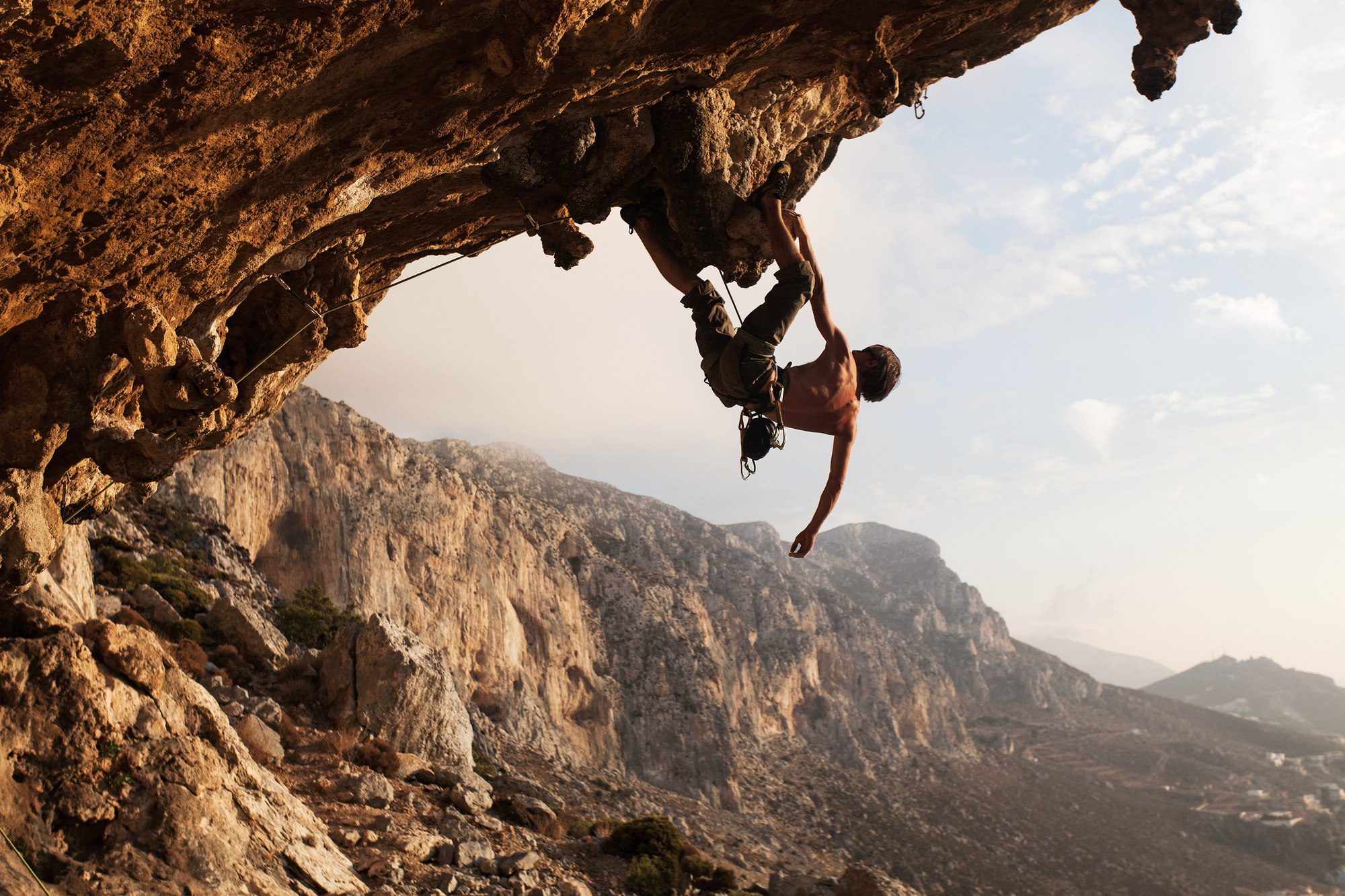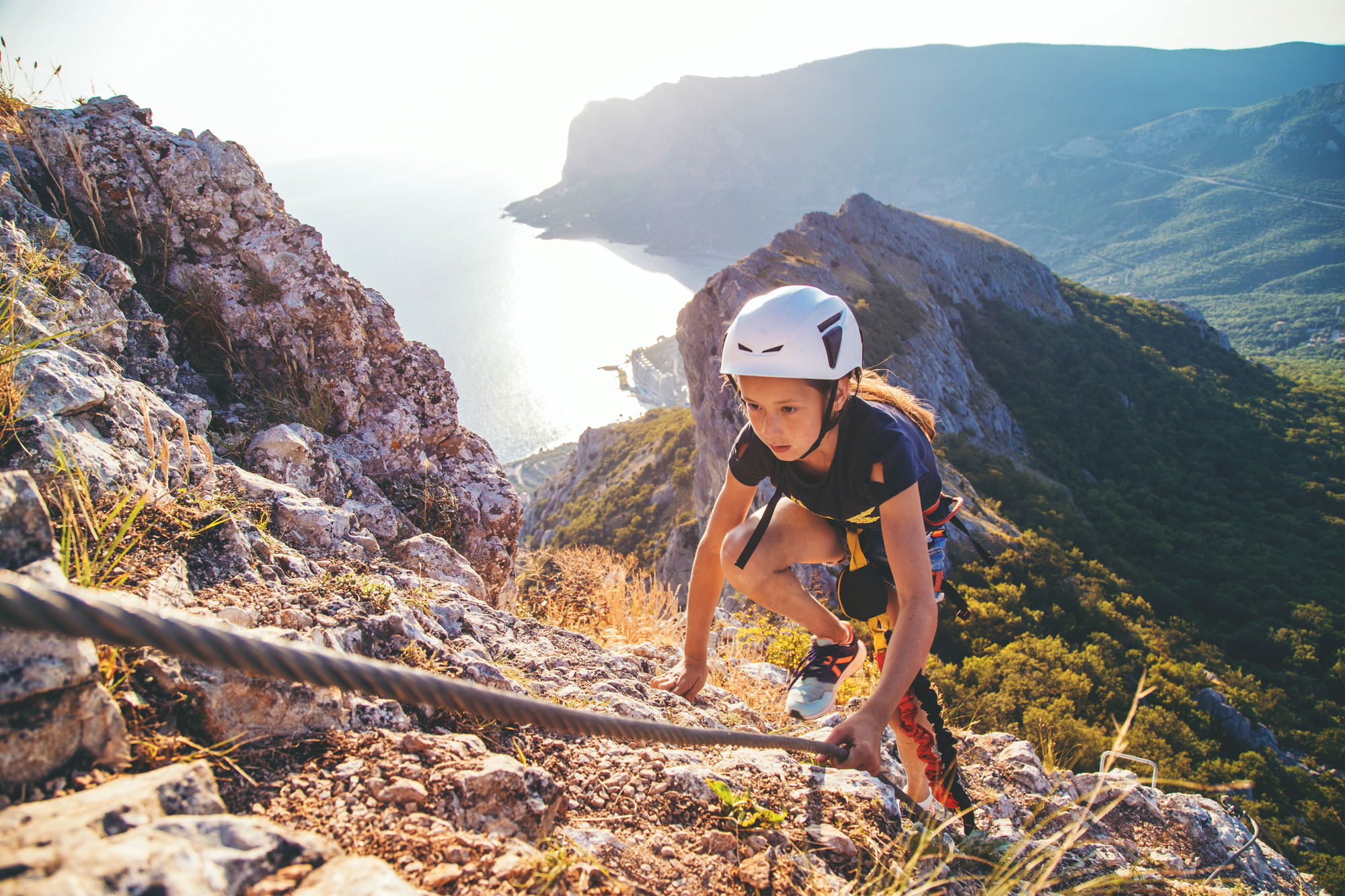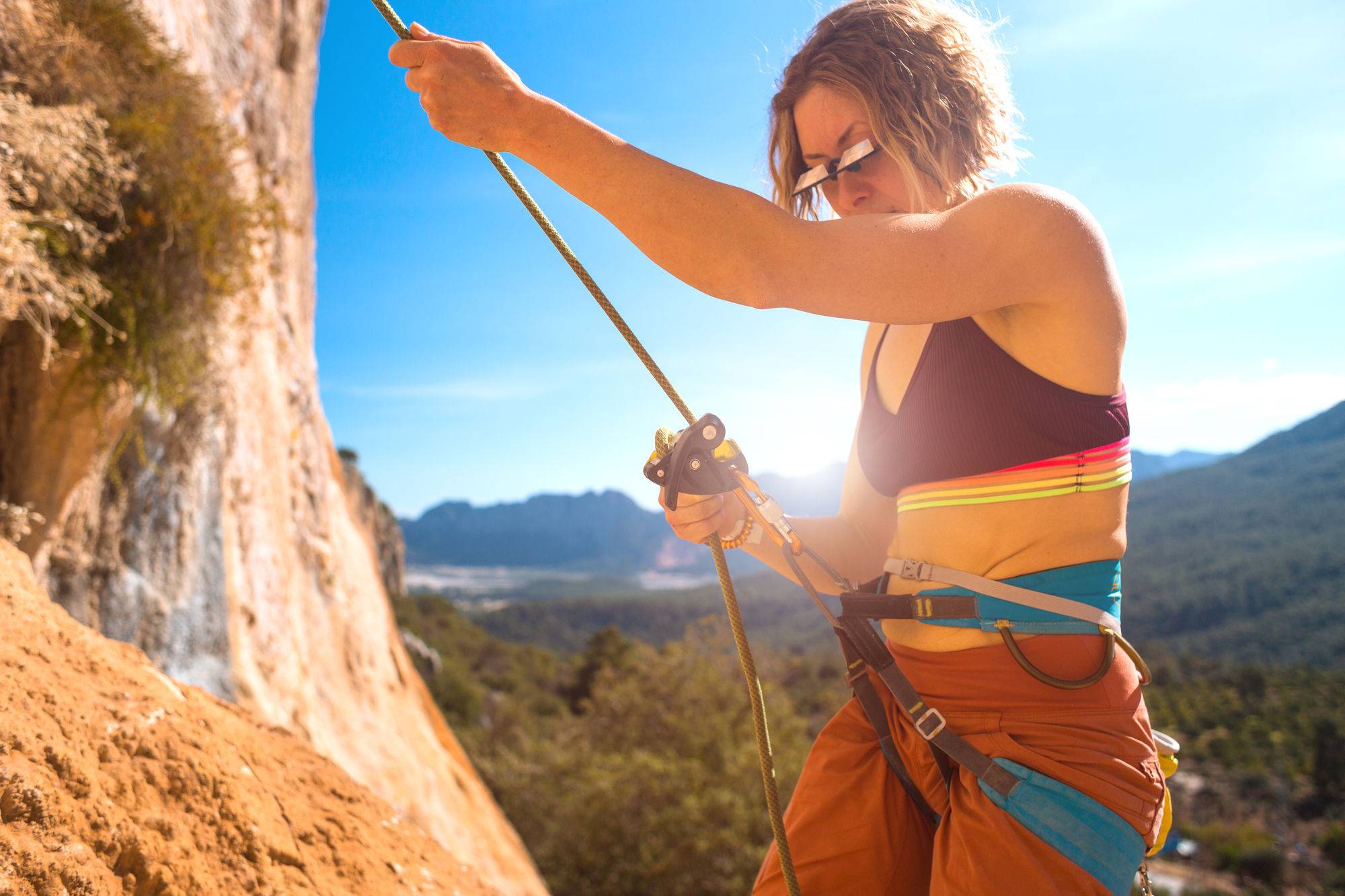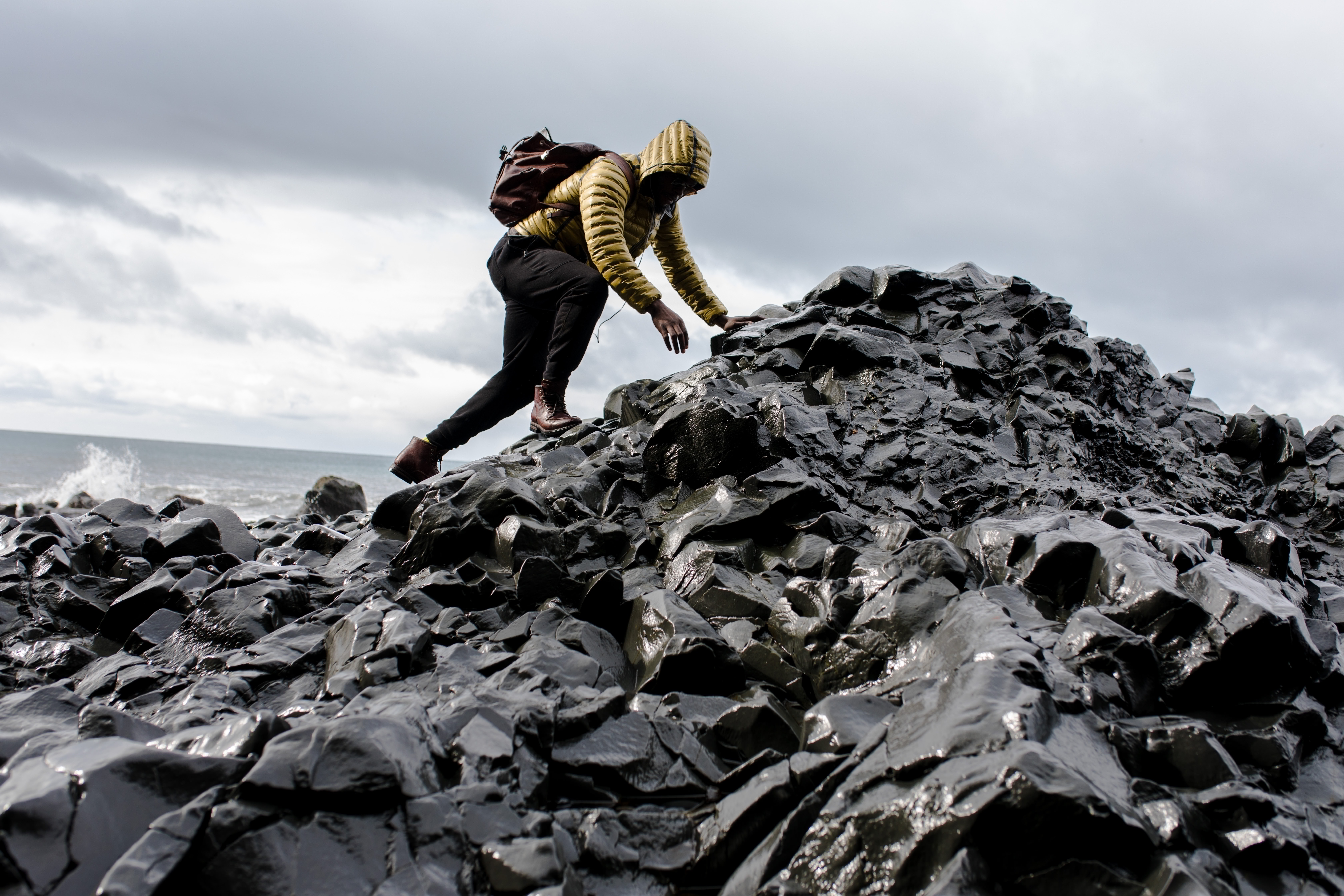Anyone who has ever climbed knows the importance of staying healthy on the ledge. One wrong move can be disastrous!
One condition that many climbers experience is climber's hunch. It's characterized by poor posture and excessive curvature of the spine. If left untreated, it can lead to long-term health problems!
If you're experiencing climber's hunch, there are a few things you can do to treat it. Read on to learn more about this dreaded condition!
What is Climber's Hunch?

A climber's hunch is characterized by a rounded upper back and hunched shoulders. It's caused by tightness in the chest and shoulders, pulling the spine out of alignment.
This condition is common among climbers because of the repetitive overhead motions often required while climbing.
While a climber's hunch may not seem like a big deal, it can actually lead to long-term health problems.
It can cause pain in the shoulders, neck, and back. It can also lead to headaches, fatigue, and even depression.
If you're experiencing any of these symptoms, it's important to seek treatment as soon as possible. And although it may seem like a daunting task, there are a few things you can do to treat your climbers' hunch!
Treating Climber's Hunch
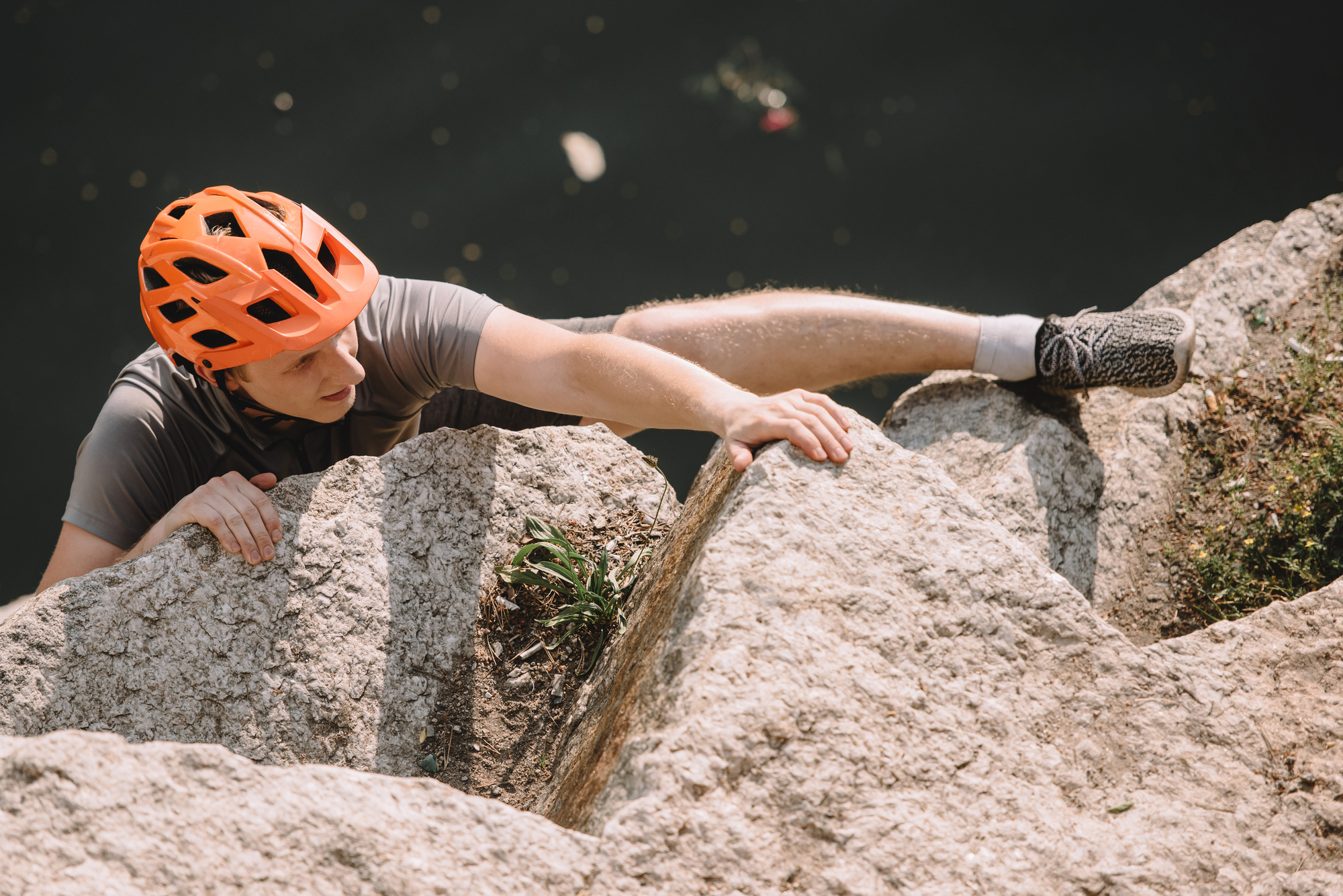
One of the best ways to treat climber's hunch is to stretch and strengthen the muscles in the chest and shoulders. This will help improve your posture and alleviate some of the pain associated with the condition.
It's also important to focus on your breathing. When you're climbing, it's easy to hold your breath. But this can actually make the pain worse! Make sure to take deep breaths and exhale fully when you're on the wall.
Also, be sure to warm up before you climb. This will help loosen your chest and shoulders muscles, making it easier to maintain good posture.
You can also perform the following exercises to help treat your climber's hunch:
Doorway stretch
Step 1: Stand in a doorway with your arms at 90-degree angles.
Step 2: Lean forward until you feel a stretch in your chest and shoulders.
Step 3: Hold for 30 seconds.
Step 4: Repeat until you feel the stretch loosening.
Shoulder shrugs
Step 1: Stand up tall with your shoulders relaxed.
Step 2: Slowly raise your shoulders as high as you can.
Step 3: Hold for five seconds.
Step 4: Slowly lower your shoulders back down.
Posture push-ups
Step 1: Start in a plank position with your hands directly under your shoulders.
Step 2: Slowly lower yourself down towards the ground, keeping your elbows close to your body.
Step 3: Push yourself back up to the starting position.
Step 4: Repeat for 12-15 reps.
Chest stretches
Step 1: Start by lying on your back with your knees bent and feet flat on the ground.
Step 2: Place your hands behind your head and interlace your fingers.
Step 3: Use your elbows to gently press down on your head as you lift your chin towards the ceiling.
Step 4: Hold for 30 seconds.
Step 5: Repeat for three sets.
How to Prevent Climber's Hutch
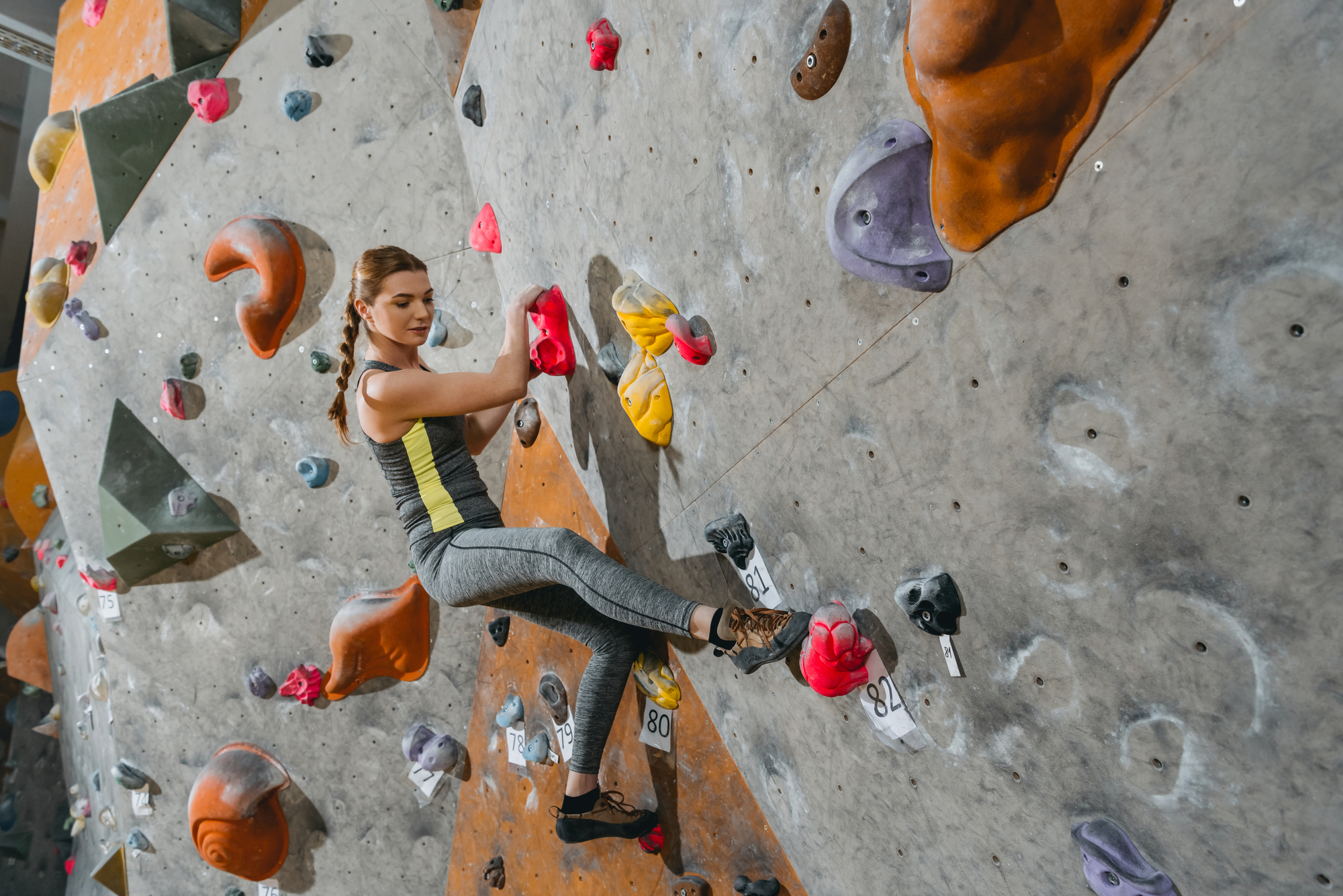
The best way to prevent climber's hunch is to maintain good posture. This can be difficult when you're climbing, but it's important to focus on your form.
Remember to keep your shoulders back and down and your chin parallel to the ground.
Doing regular stretching and strengthening exercises can also help prevent the condition.
Be sure to focus on the muscles in your chest and shoulders. And don't forget to warm up before you climb!
Being aware of your posture and taking preventive measures can help you avoid climber's hunch.
But if you do start to experience symptoms, don't hesitate to seek treatment from a qualified healthcare professional.
Conclusion
Climbing is a great way to stay active and improve your fitness. But it's important to be aware of the potential risks, such as climber's hunch.
Taking preventive measures, such as stretching and maintaining good posture, can help you avoid this condition.
It's also important to note that climber's hunch is not just common among climbers. Any type of repetitive overhead activity can lead to the condition.
So if you're involved in any type of sport or activity that involves overhead motions, be sure to take care of your body and focus on your form!
Keep your body in great shape, and you'll be able to enjoy climbing for a long time!

